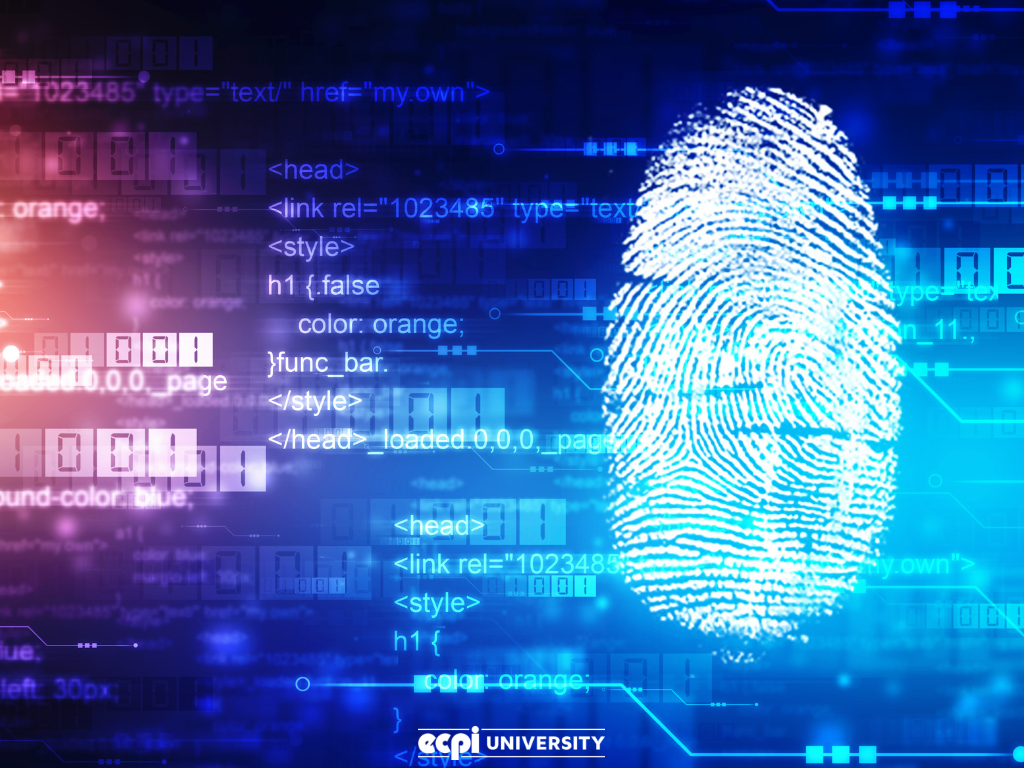The power of computer forensics in preventing and detecting data breaches has become increasingly vital in today’s digital landscape, where cyber threats continue to evolve in complexity and frequency. Computer forensics, also known as digital forensics, involves the identification, preservation, analysis, and presentation of digital evidence from electronic devices. This discipline plays a crucial role not only in investigating cybercrimes after they occur but also in proactively safeguarding organizations against data breaches. By thoroughly analyzing digital footprints and system activity, computer forensics experts can uncover vulnerabilities, detect unauthorized access, and provide insights into how breaches occurred, enabling organizations to strengthen their cybersecurity defenses. One of the primary ways computer forensics aids in preventing data breaches is through proactive monitoring and threat detection. Forensic tools and techniques can be employed to continuously scan networks and systems for signs of suspicious activity. By establishing a baseline of normal behavior and monitoring for anomalies, organizations can detect intrusion attempts in their early stages. This early detection is critical in preventing attackers from gaining prolonged access to sensitive data.

Furthermore, digital forensics teams can simulate cyberattacks in controlled environments to identify weaknesses in security infrastructure, allowing for the implementation of robust countermeasures before real-world attackers can exploit them. In the event of a data breach, computer forensics becomes indispensable for incident response and investigation. When a breach occurs, time is of the essence. Forensic experts can quickly identify the origin and method of the attack by examining system logs, metadata, file structures, and network traffic. This analysis helps determine the scope of the breach, what data was compromised, and whether the attacker left any backdoors for future access. With this information, organizations can take immediate corrective actions, such as isolating affected systems, patching vulnerabilities, and notifying impacted parties, as required by data protection regulations. Moreover, computer forensics provides the legal evidence needed to pursue criminal charges or civil litigation against perpetrators. Digital evidence collected in a forensically sound manner is admissible in court and can be pivotal in holding cybercriminals accountable.
Computer Forensics Guide serves as both a deterrent to potential attackers and a means of justice for victims. Additionally, lessons learned from forensic investigations contribute to the development of better security policies, employee training programs, and compliance practices, all of which are critical in minimizing the risk of future breaches. Computer forensics is a powerful tool in the fight against data breaches. Its ability to detect and analyze digital threats in real time, combined with its role in post-incident investigations, makes it an essential component of any comprehensive cybersecurity strategy. By leveraging forensic capabilities, organizations can not only respond effectively to data breaches but also take proactive steps to prevent them. As cyber threats continue to grow, the integration of computer forensics into security frameworks will remain a key factor in protecting sensitive information and maintaining the trust of customers and stakeholders alike. As threats continue to evolve, so too must an organization’s readiness to respond, with computer forensics serving as both a shield and a beacon of trust.

